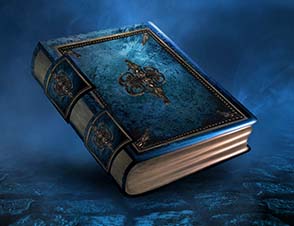Splashdown: Playing more than Two Colors in Mirrodin Draft
In the past, playing four or five colors in a forty card deck usually meant that you had a base color of Green so that you could find the mana of your splash colors. Invasion block and Urza’s block stand out in my mind specifically, since this strategy was not only viable, but also one of the defining archetypes of the format.
The times have changed, however, and here we are smack dab in the middle of triple Mirrodin Limited. While the above statement remains true, as Green’s common list contains Journey of Discovery, a new race of dorks has arrived to give every color the opportunity to splash: The Myr.

